Magnetic levitation is a technology that has long had a foothold in public transport, but could it also be the future for material handling? Darren Reeves, Business Development Manager for AMHSA member, Beckhoff Automation Ltd, examines the opportunities.
In November last year, two passengers travelled at over 100mph on a test track in the Nevada desert in a ground-breaking trial by Virgin Hyperloop, one of a handful of companies attempting to realise the vision of Tesla founder, Elon Musk. The hyperloop concept – transporting passenger pods inside vacuum tubes at high speed – is based on magnetic levitation (or maglev) technology, where an object is suspended in the air using only the support of magnetic fields. Of course, maglev is not new – China and Japan operate successful maglev train services, although the world’s first maglev train was launched at Birmingham airport back in 1984. Maglev technology goes back much further, however, being developed in the first decade of the 20th century, with a number of heroic attempts to harness its potential over the years – including Ford’s 1959 concept vehicle, Levacar.
High speed, low maintenance
So much for the history, what about the future? Well, maglev could potentially play a significant role in logistics, as well as in public transport. In fact, it’s already being used for material handling today. Beckhoff’s XPlanar system uses maglev technology to transport products and components to any location, via any route. This new system comprises tiles that form the ‘floor’, with movers that levitate up to 5mm above the tiles and move over them. The system is similar to a number of mini automated mobile robots that can travel in any direction, but the movers are entirely passive and hover rather than running on wheels. Coils inside the tiles produce electromagnetic fields that levitate the movers (they are repelled because they contain strong magnets) and control their movement. As well as flexible travel at speeds of 4m/s and the ability to overtake one another, the movers feature magnetic movement in six dimensions, enabling them to perform multiple functions such as lifting, lowering, rotating and tilting. The solution is completely modular, with the tiles – which are not mechanically connected – capable of being arranged in any format. With three sizes of mover able to move payloads ranging up to 4.2kg (and able to be coupled together for larger loads), the system is highly versatile. Besides the speed, a key benefit is that there is no wear or friction, resulting in increased efficiency, reduced maintenance costs and longer system life. Optimal route planning and collision avoidance are handled in the system’s software. As there is free movement, real-time tracking is important so the floating movers communicate their unique ID to the tiles as they travel.
What are the applications?
With the movers being able to travel, tilt and rotate with a high degree of repeatable accuracy (to within a couple of microns), the maglev technology enables product transport and product positioning to be combined in one system. One application, for example, utilises the six degrees of freedom of the XPlanar movers by transporting items to and from a plasma treatment head. This means the plasma nozzle can remain static, as the motion of the XPlanar movers is so accurate. With no contact and no dust, the system is ideal for a range of applications in hygienic environments in the pharmaceutical, food and electronics sectors. However, the system could also be used for general handling and sortation, with the ability to divert any problem loads to a spur for inspection without disrupting the rest of the material flow. The system could integrate alongside other handling technologies such as robots or pick-and-place systems to provide a flexible handling solution capable of saving space due to the freedom of movement available.
Is it the future?
As the history of maglev innovation shows, scepticism and investment cost can be barriers to adoption. It is true that maglev technology is relatively costly, but the ROI is definitely there for the right material handling applications. As the technology develops further, cost/benefit analysis is likely to open up many more opportunities for magnetic levitation handling technology in the logistics industry.





.png)
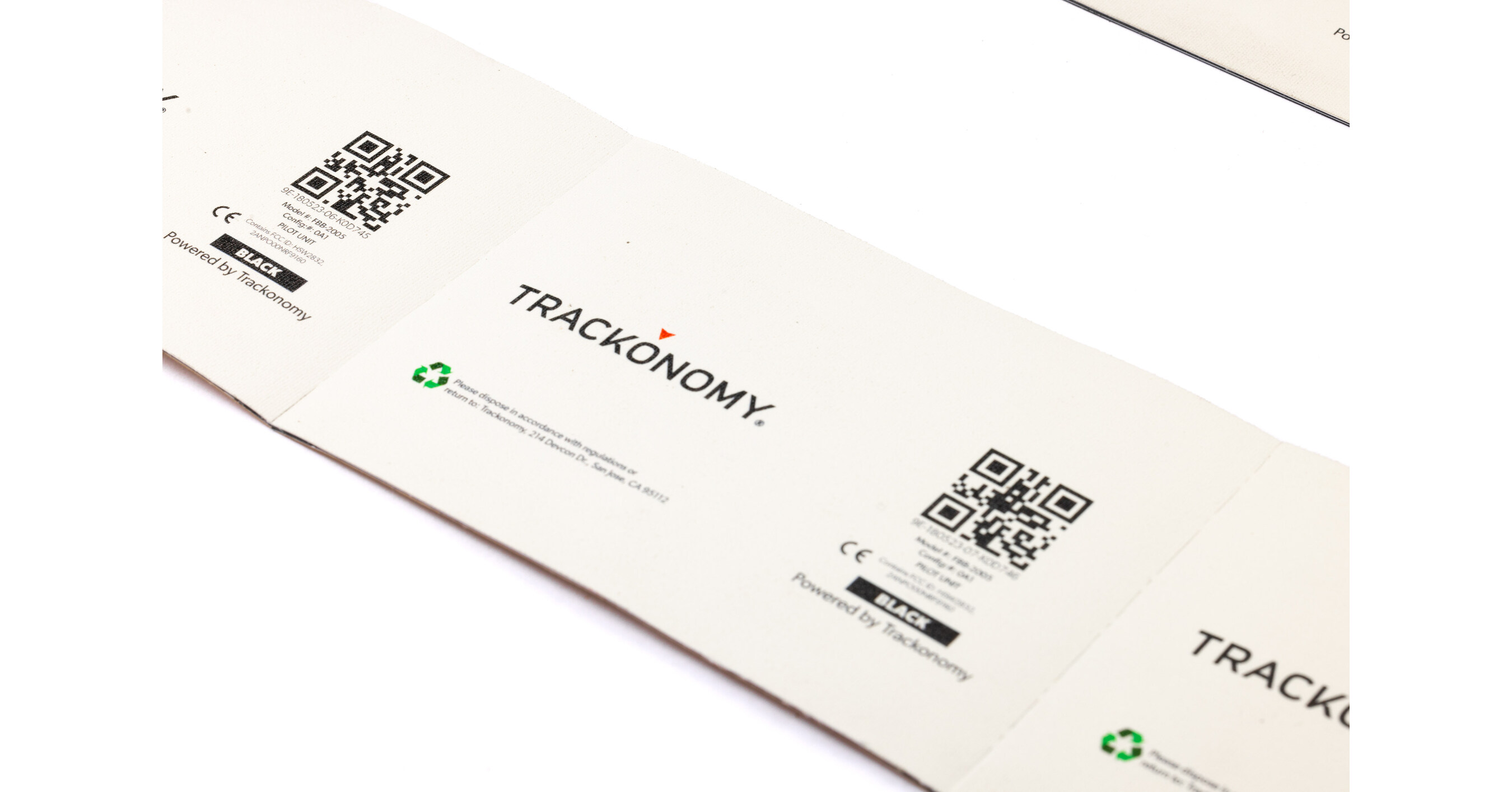
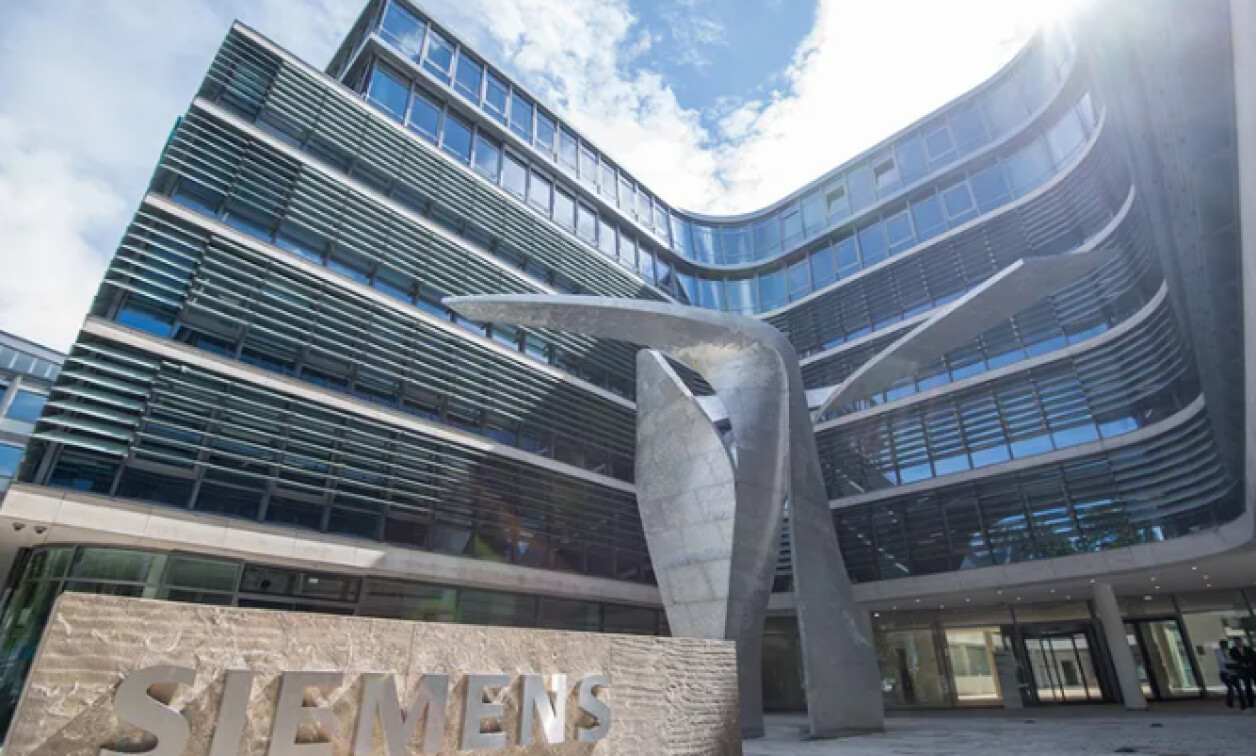
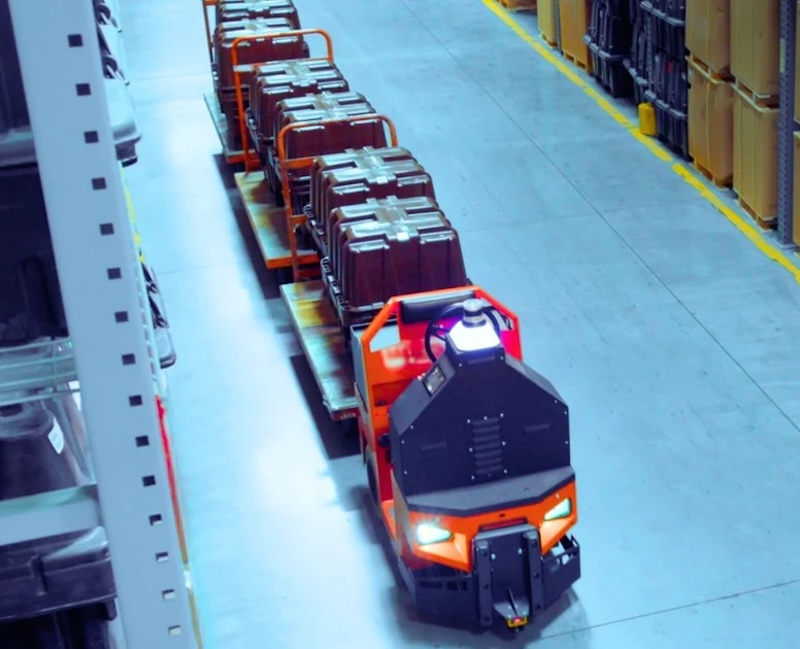


.jpg)
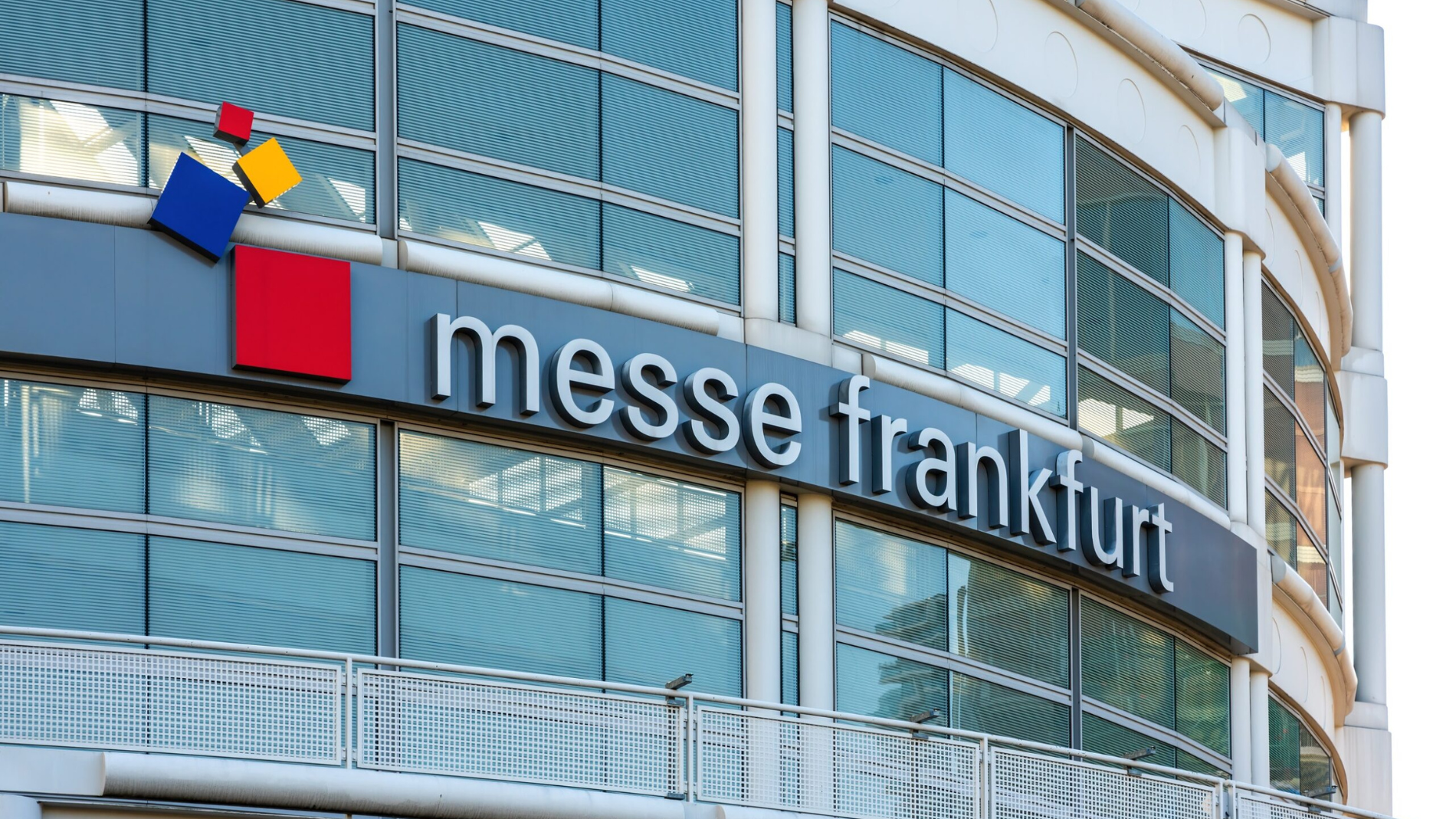
.webp)
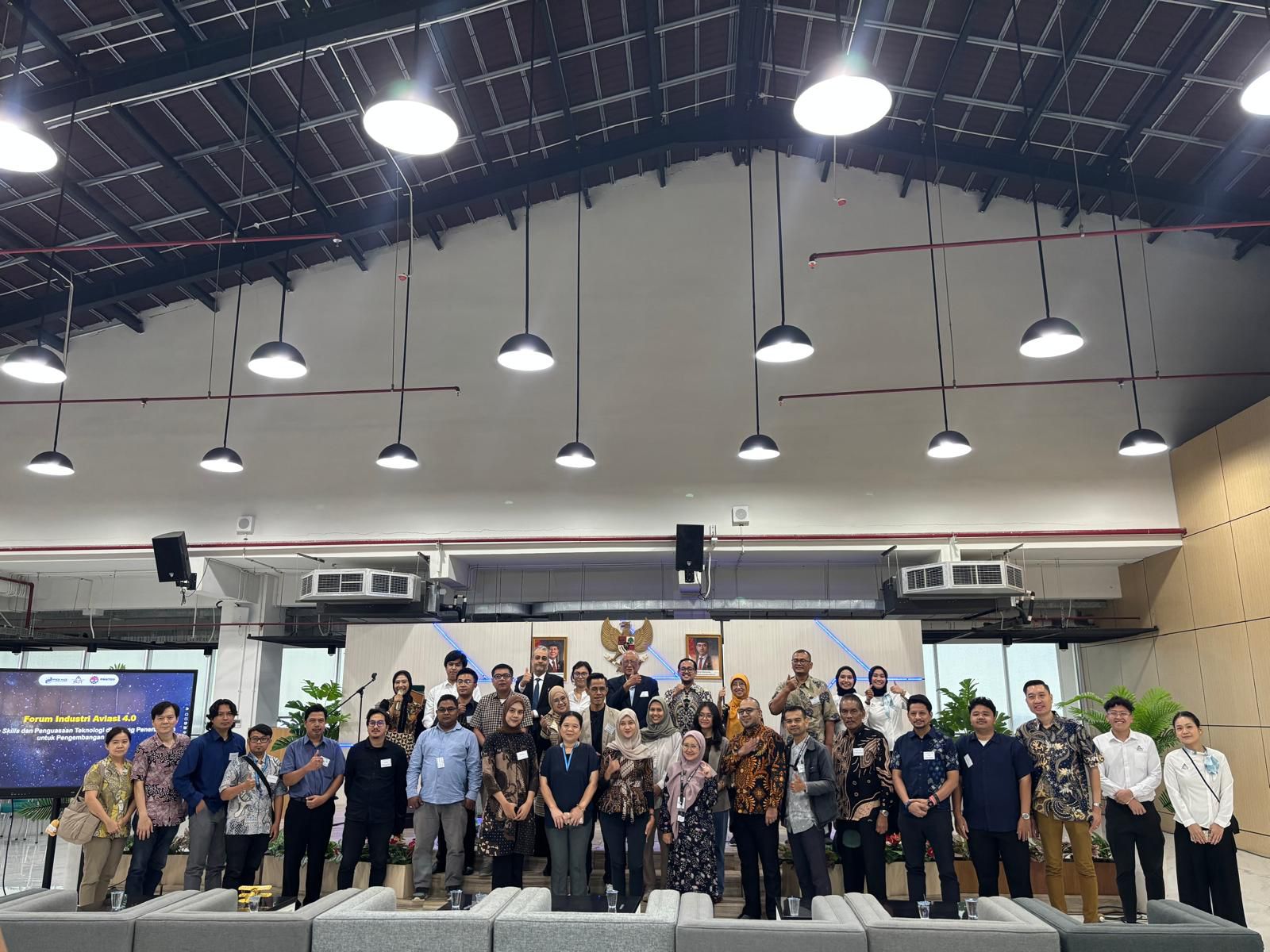




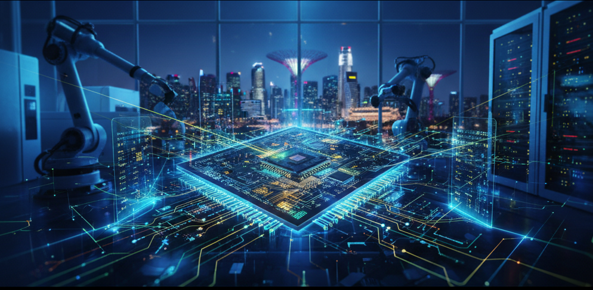
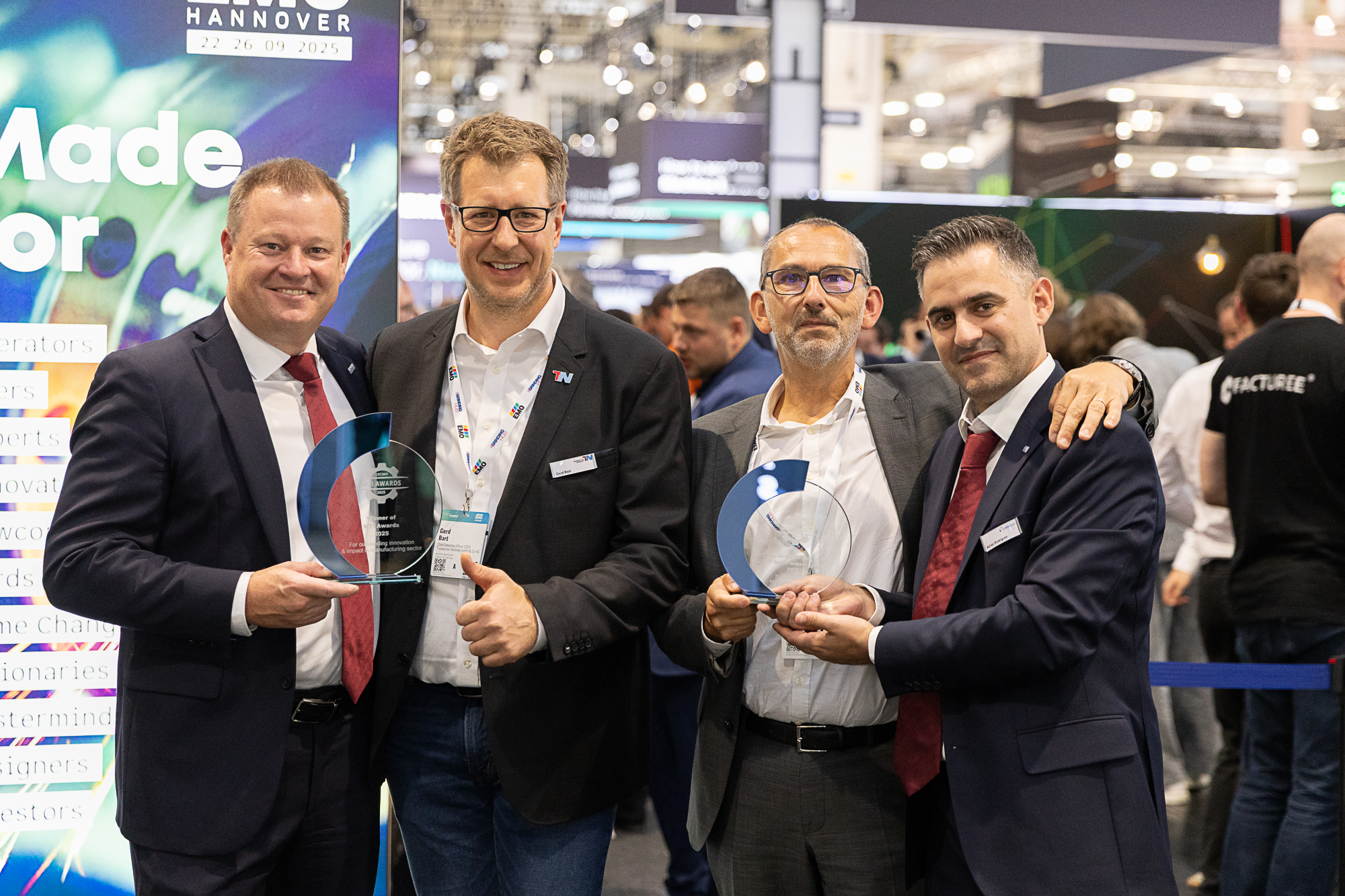



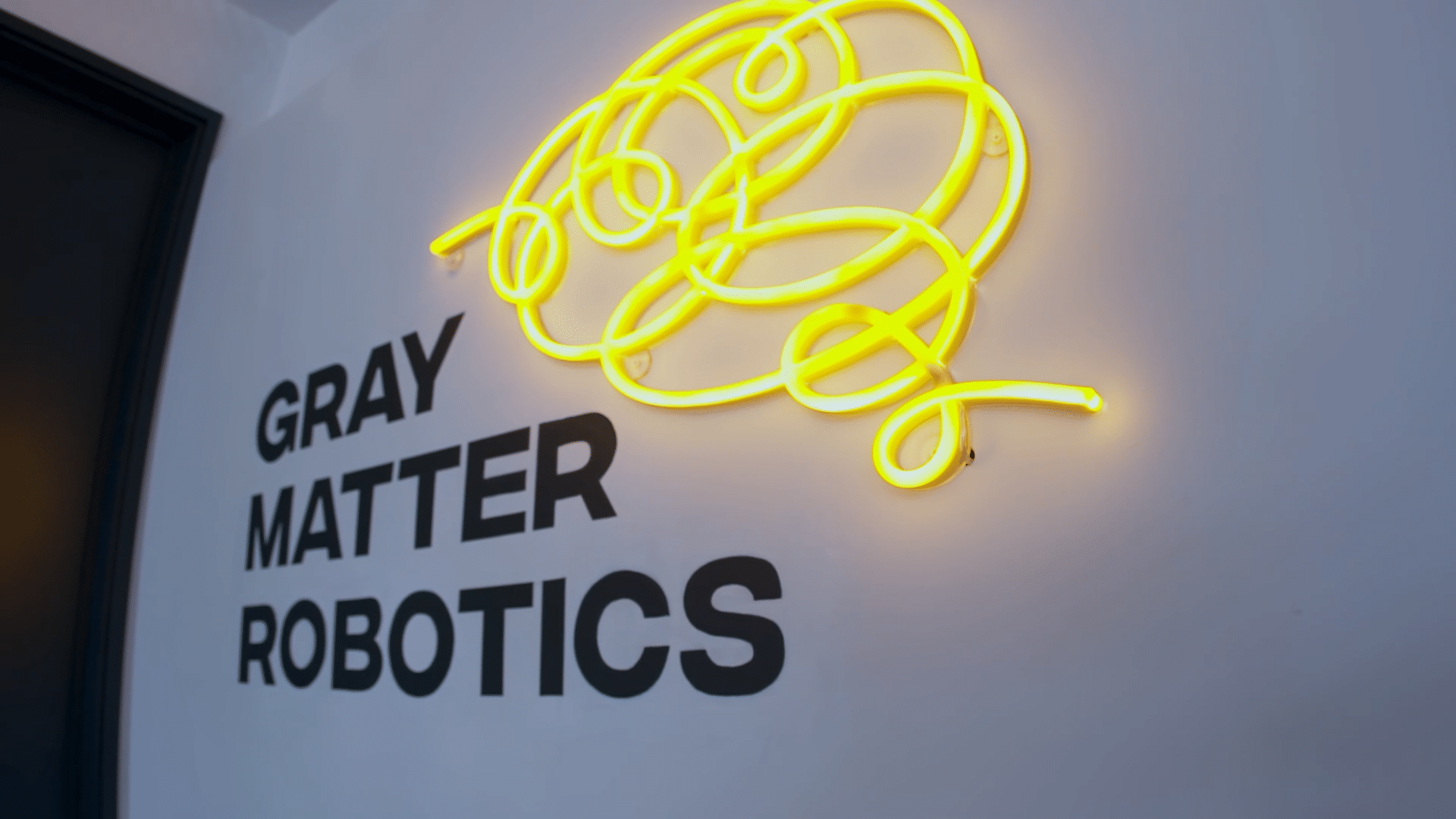


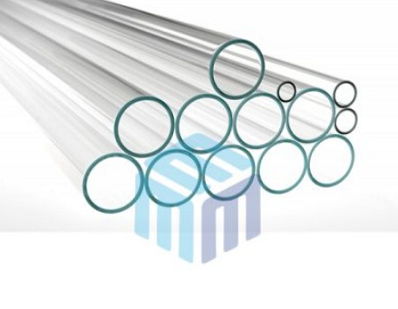

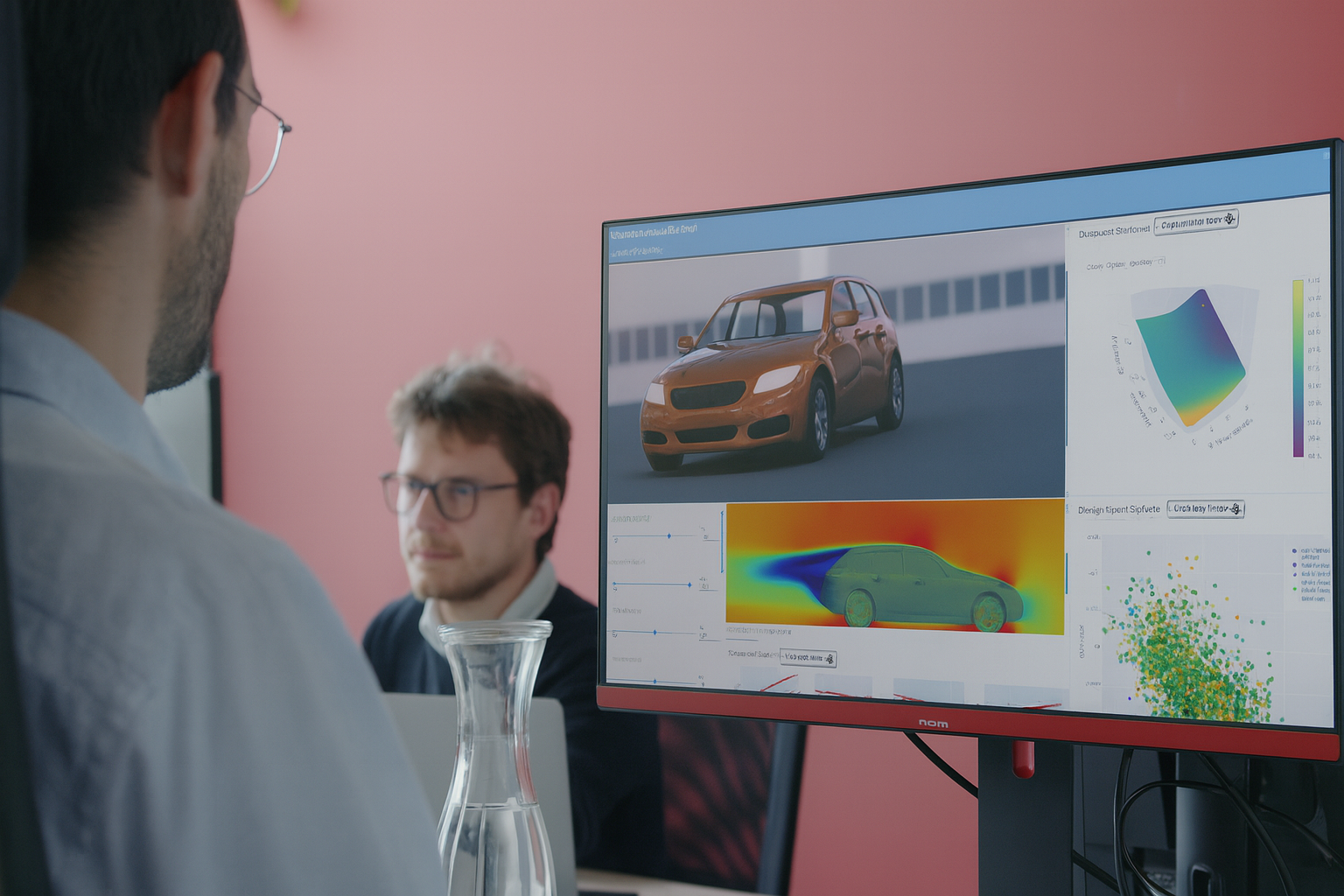
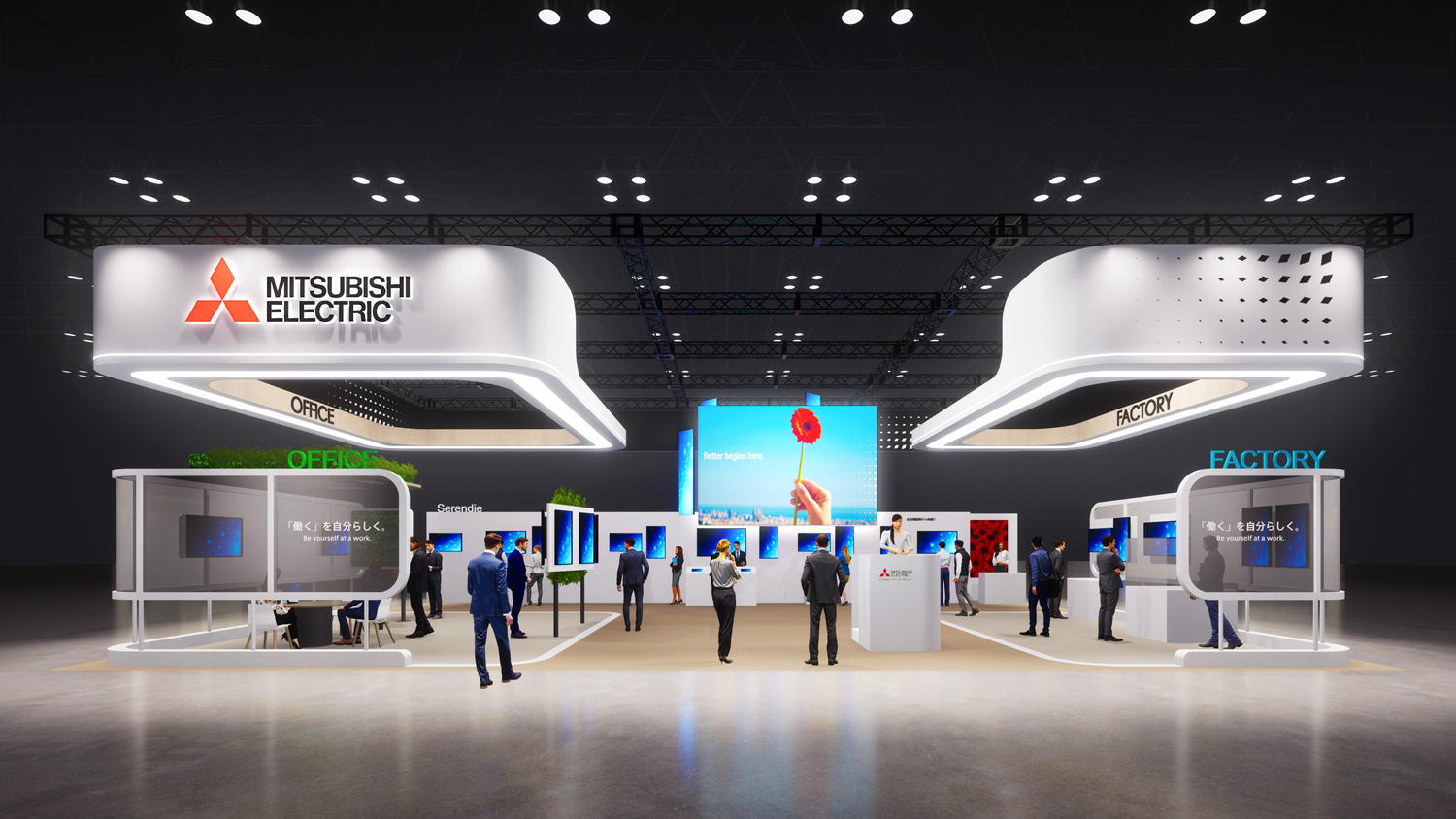
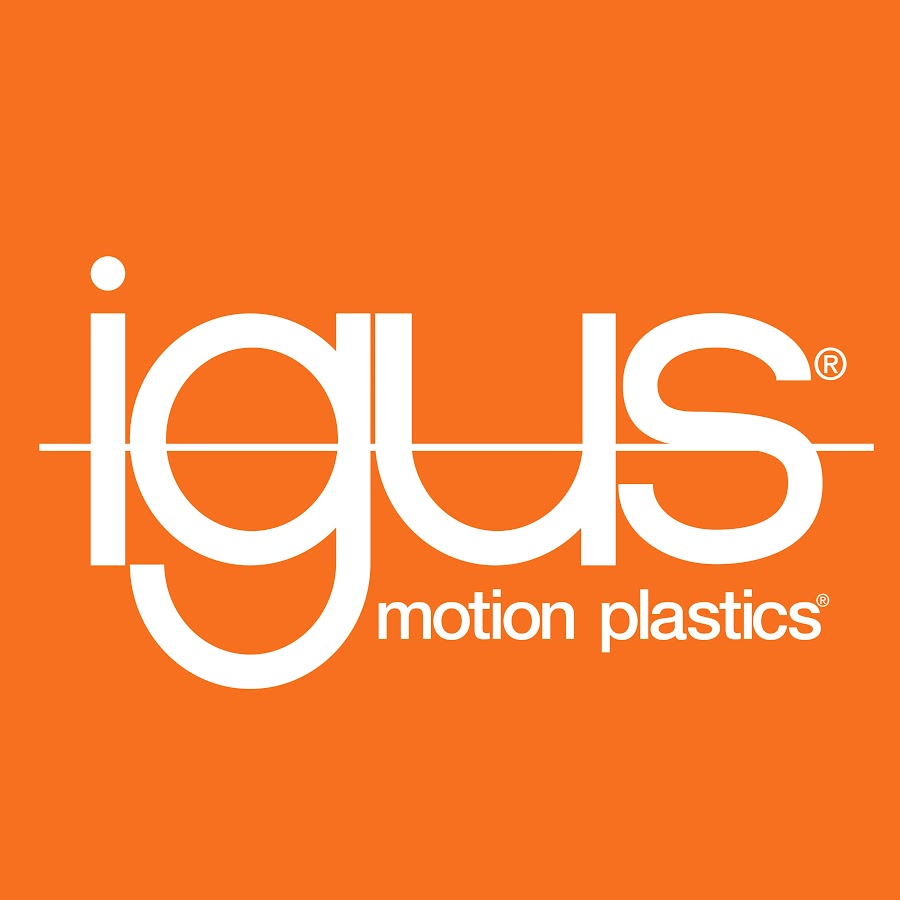
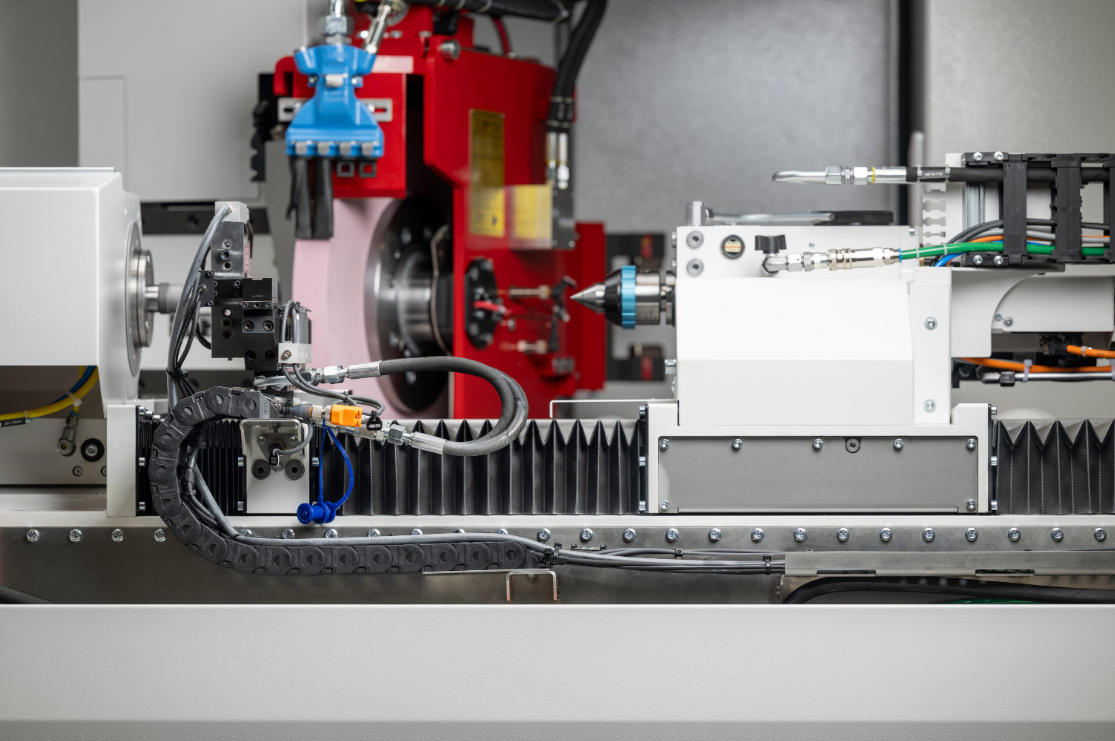


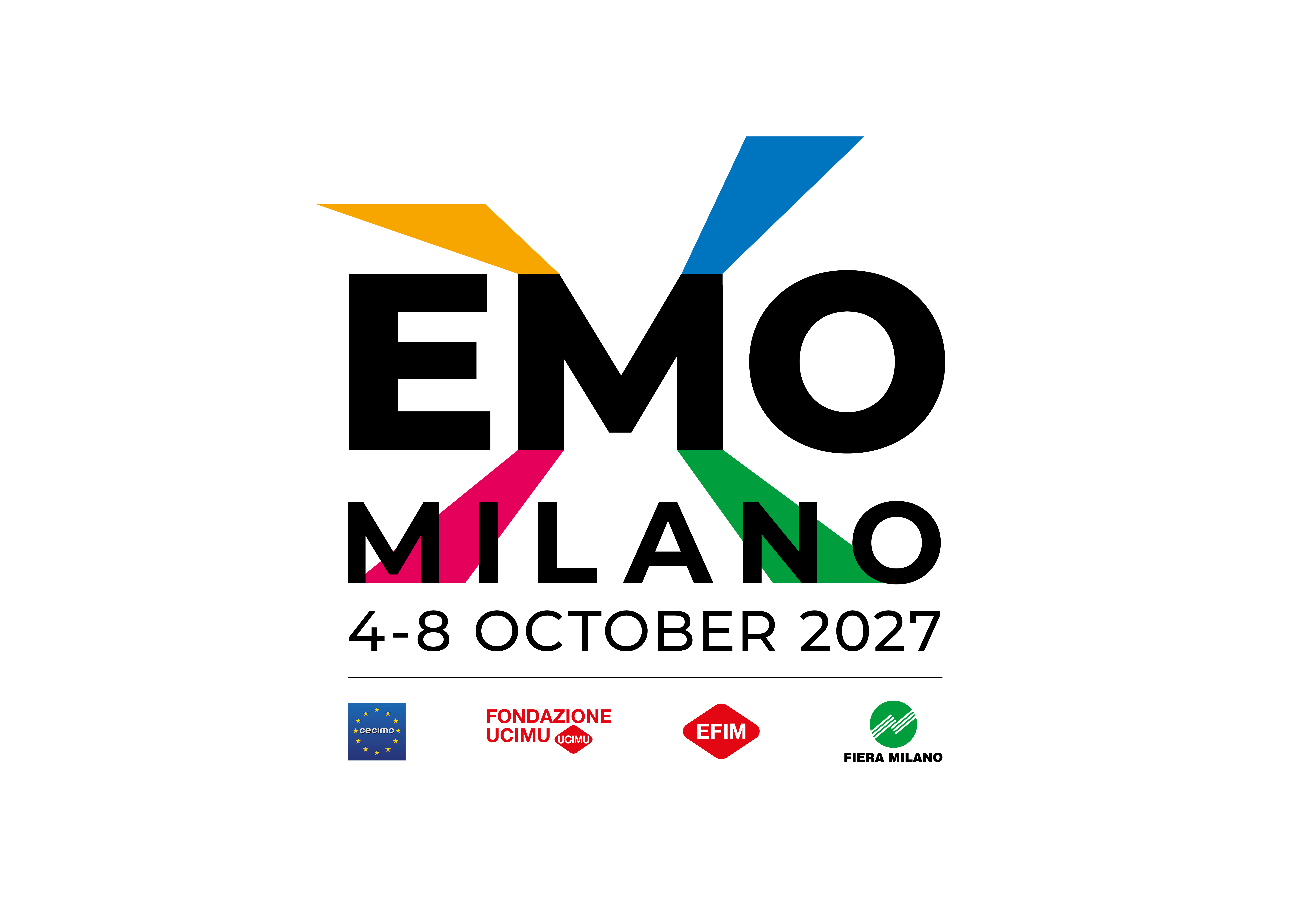

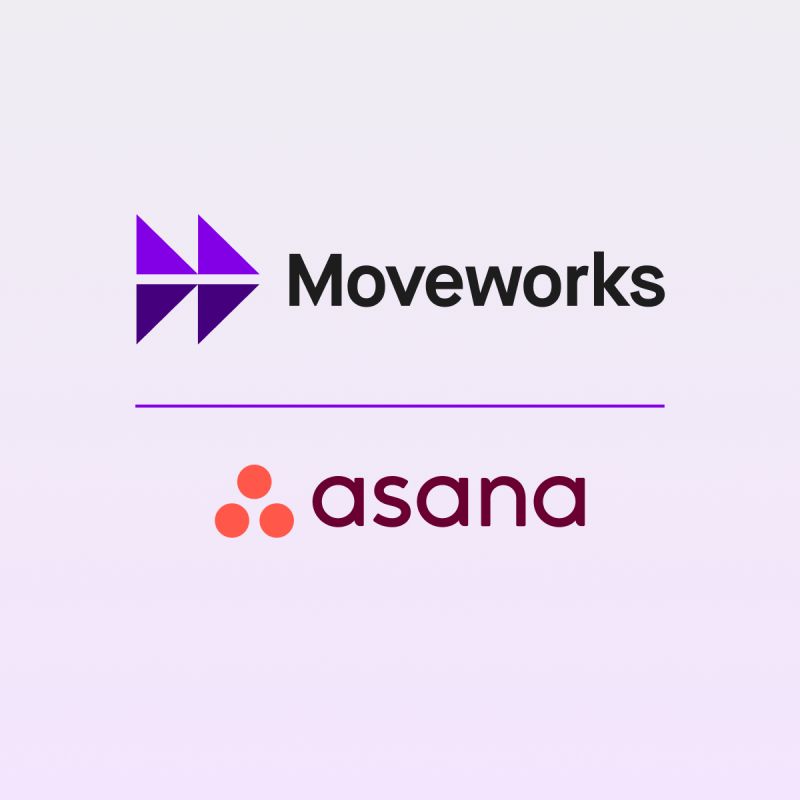
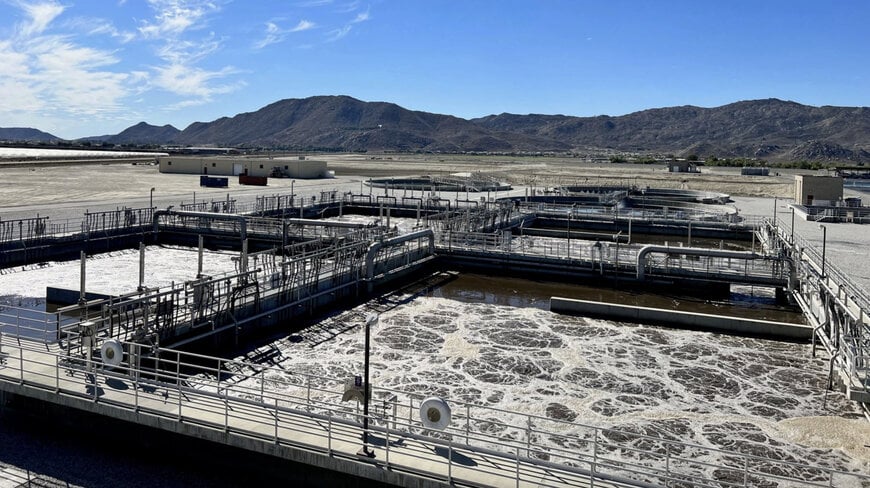

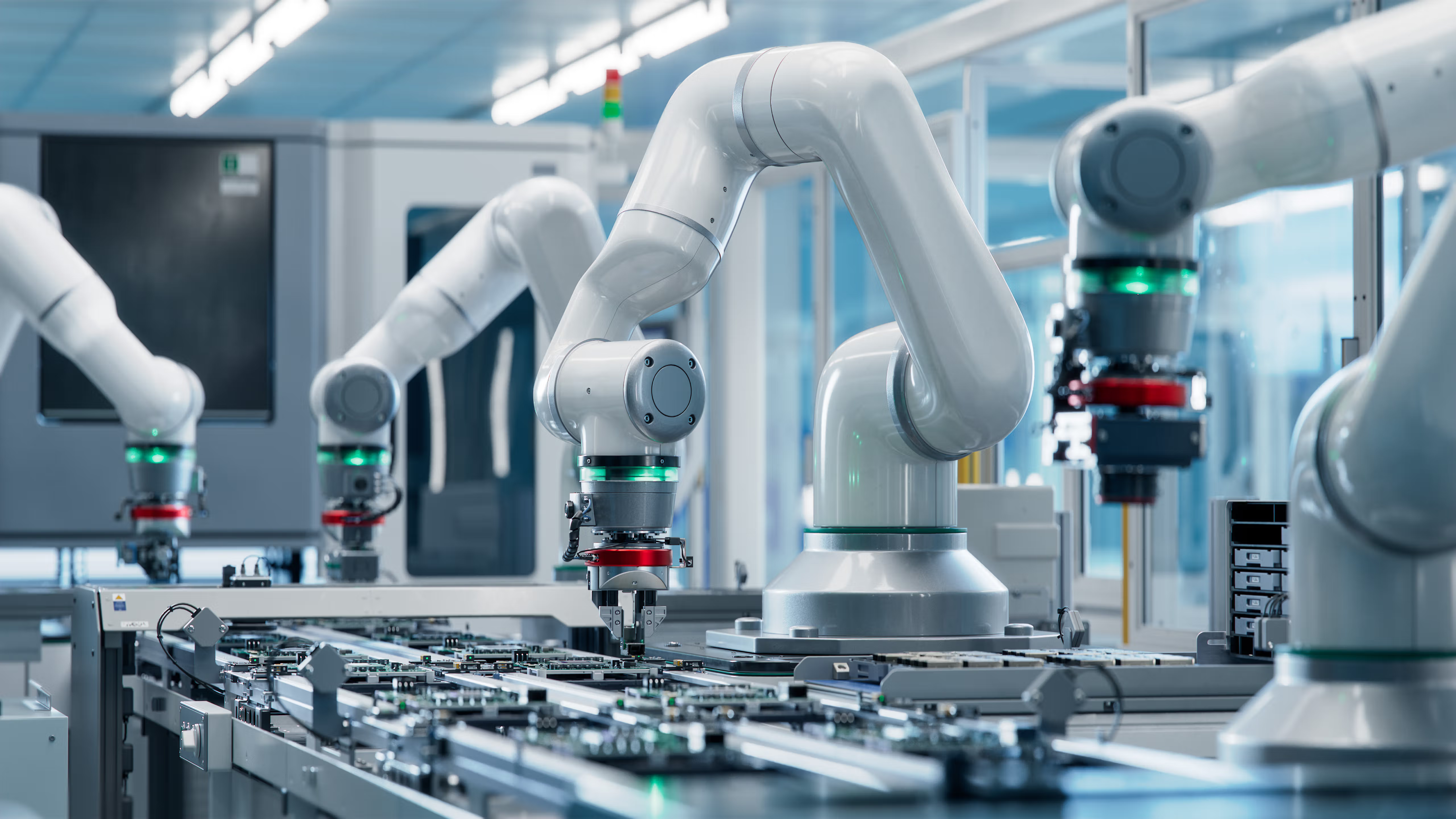

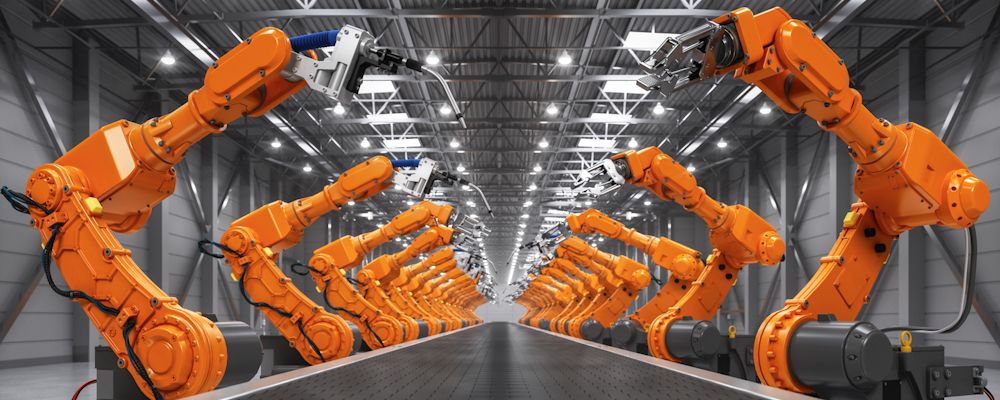

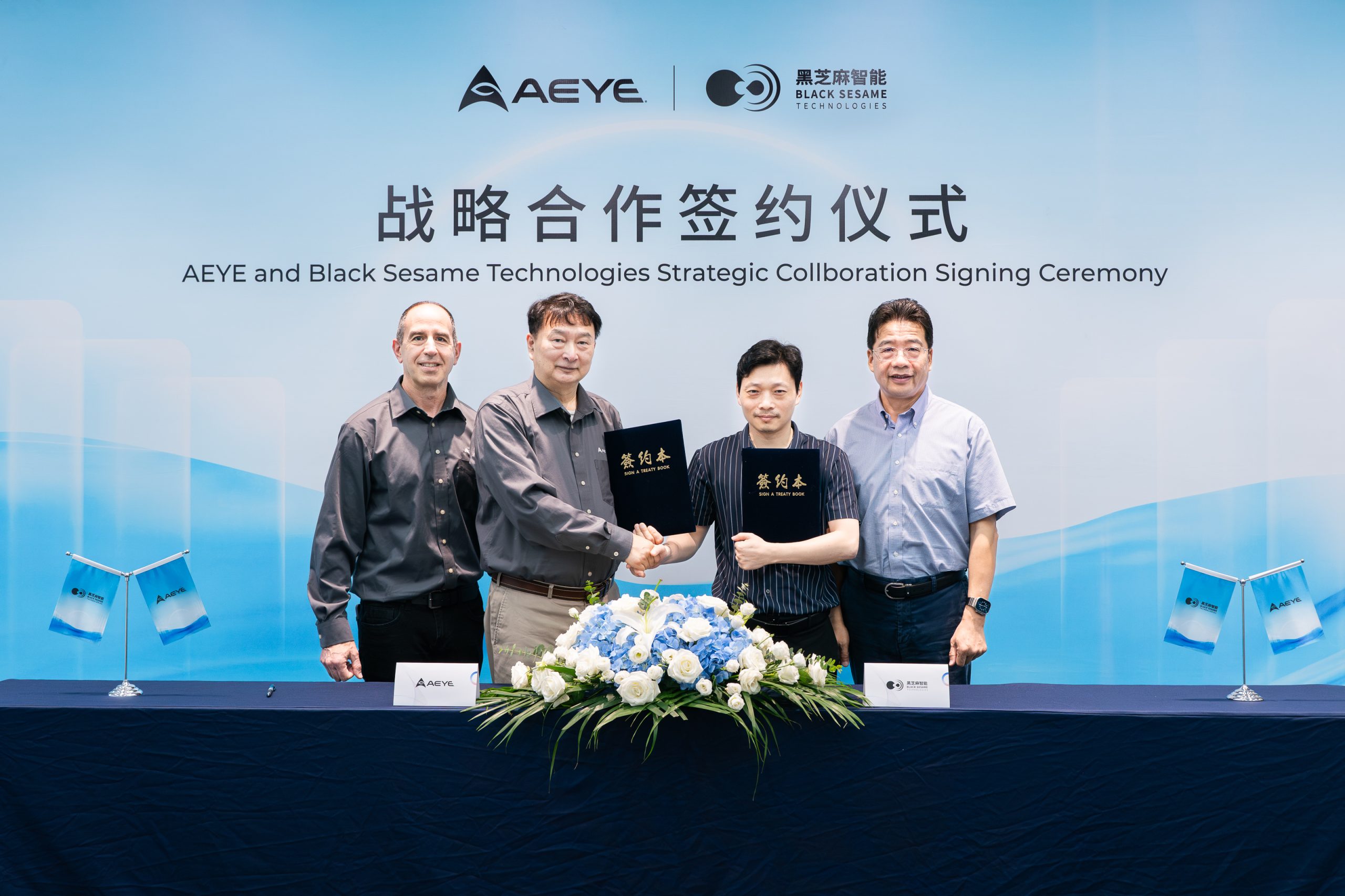
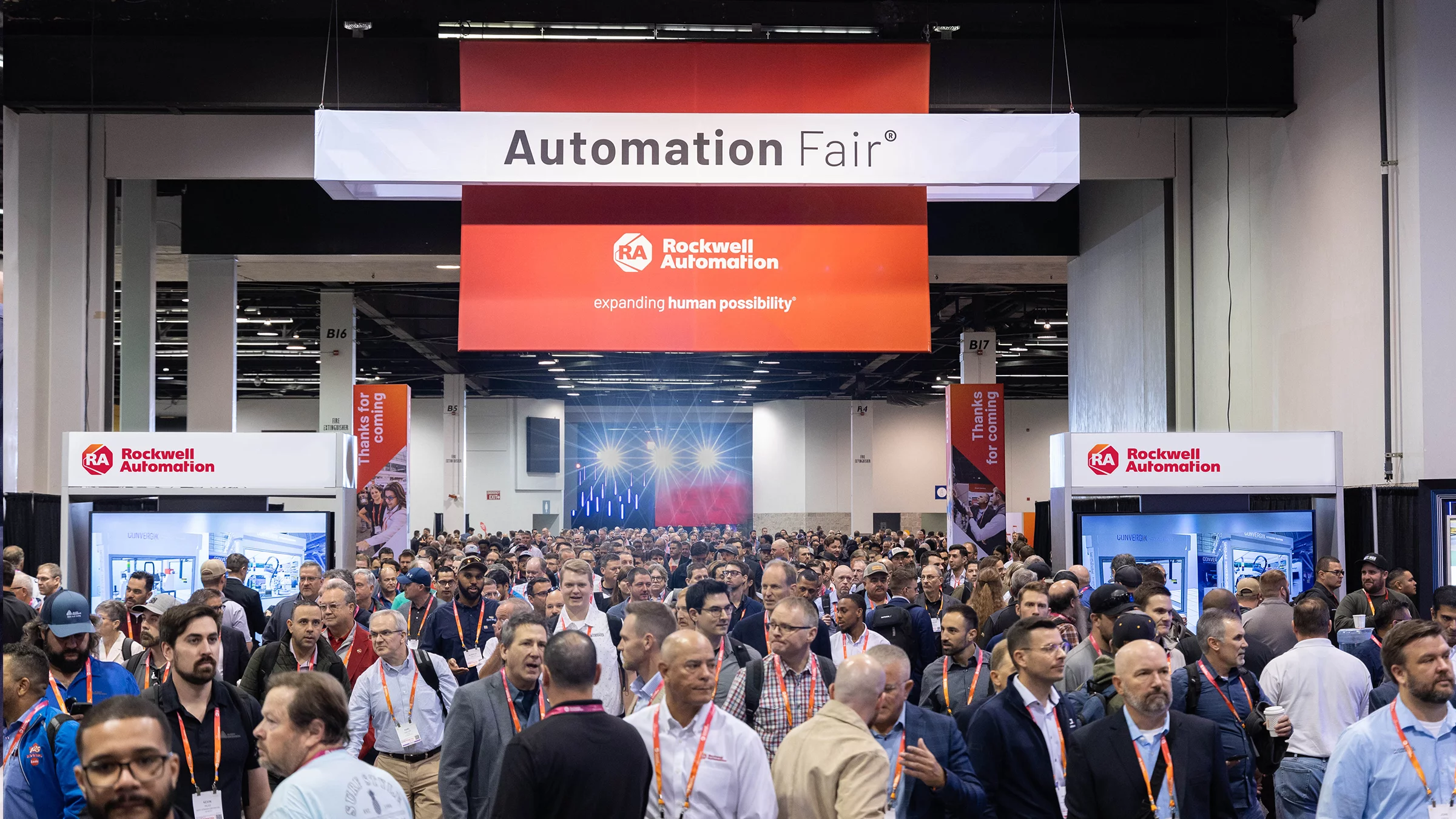

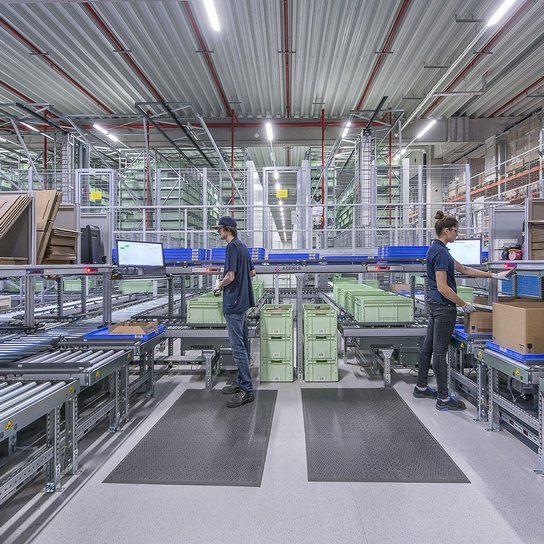



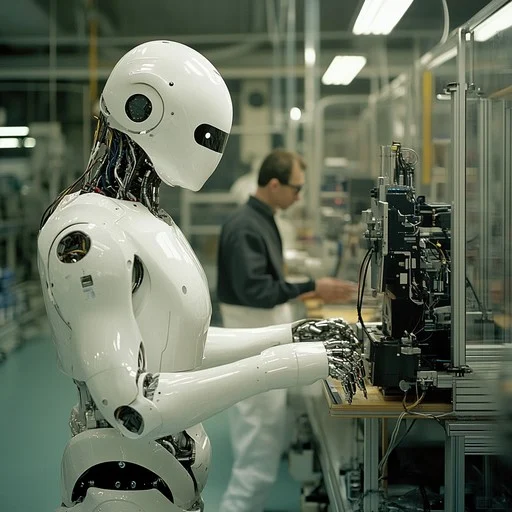
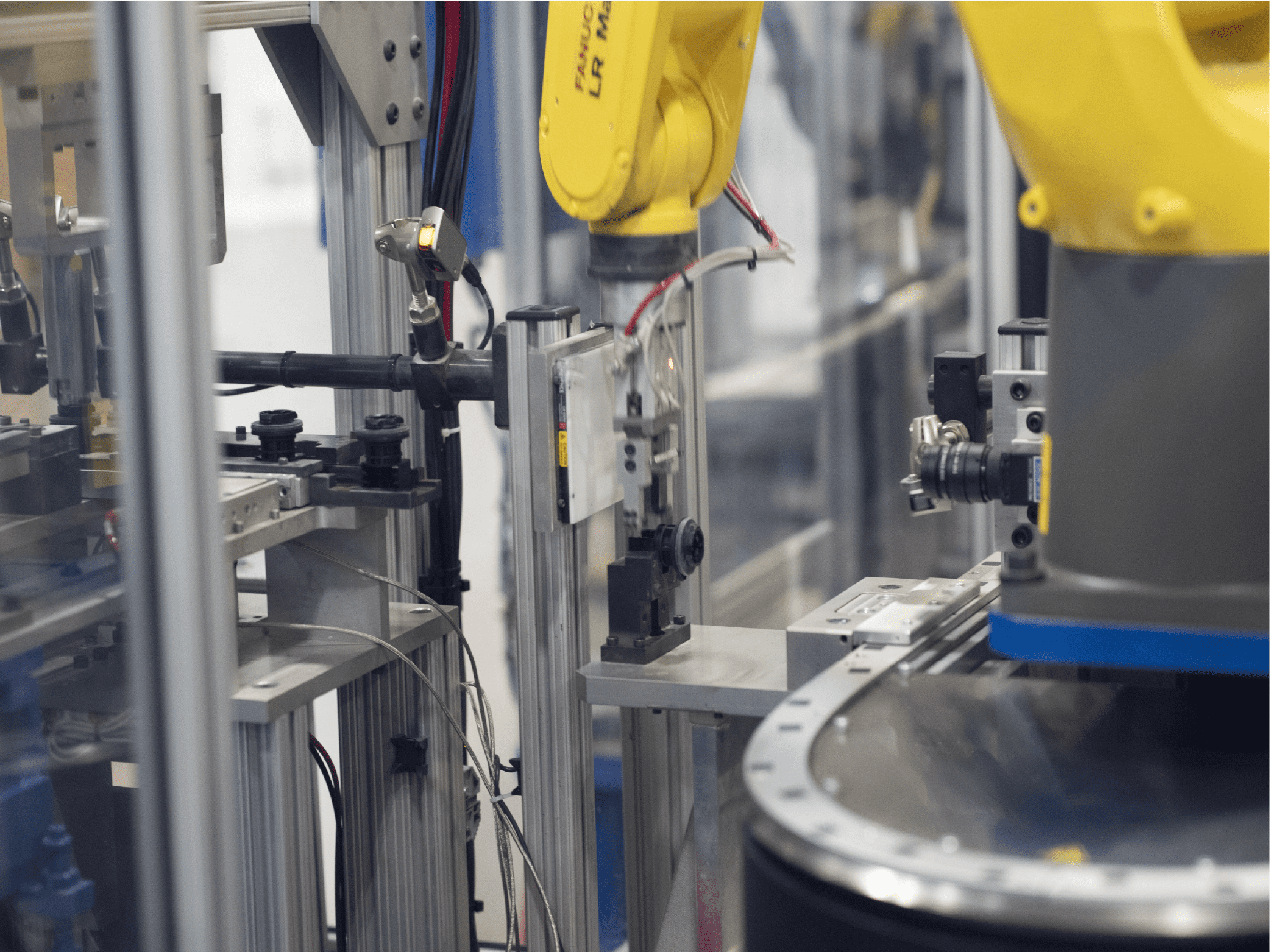
.webp)






























.png)





.png)












